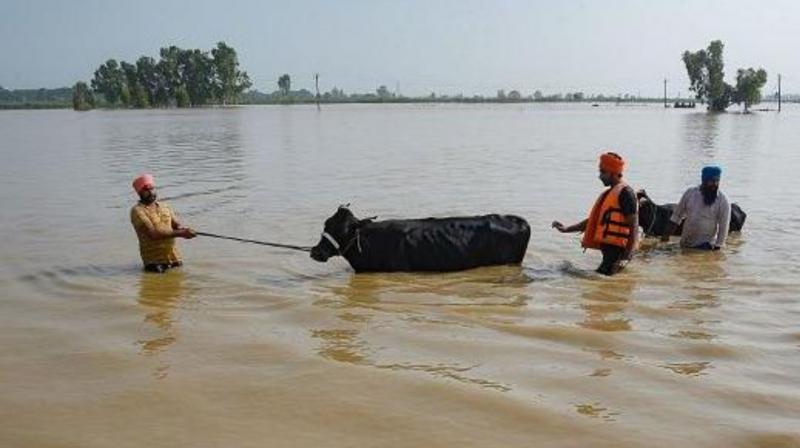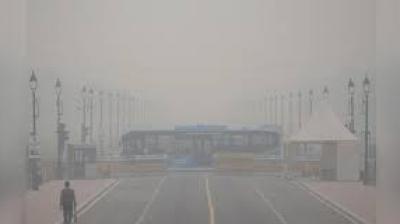
Recent heavy rains and floods have severely impacted various regions of India.
Flying Rivers: Recent heavy rains and floods have severely impacted various regions of India, resulting in numerous fatalities and displacing thousands. While flooding is a regular occurrence during South Asia’s monsoon season, climate change has made these events increasingly unpredictable, with intense rainfall followed by prolonged dry spells.
Scientists now point to a particular phenomenon exacerbating these conditions: atmospheric rivers. Also known as "flying rivers," these storms are vast, invisible currents of water vapor formed over warm oceans. As seawater evaporates, the vapor forms a band or column in the lower atmosphere that moves from tropical to cooler latitudes, delivering substantial rainfall or snowfall that can trigger devastating floods or avalanches.
These atmospheric rivers transport approximately 90% of the mid-latitude water vapor across the Earth and typically carry about twice the volume of the Amazon River, the largest river by discharge. With global temperatures rising, atmospheric rivers are becoming longer, wider, and more intense, thereby increasing flood risks for millions of people worldwide.
In India, meteorologists have observed that the warming of the Indian Ocean has intensified these "flying rivers," significantly affecting monsoon rains from June to September. A 2023 study published in Nature documented 574 atmospheric rivers during the monsoon seasons from 1951 to 2020, noting an increased frequency of these extreme weather events over time. The study found that nearly 80% of the most severe atmospheric rivers in the last two decades resulted in significant flooding in India.
Researchers from the Indian Institute of Technology (IIT) and the University of California, who conducted the study, identified that seven of India’s ten most severe floods between 1985 and 2020 were linked to atmospheric rivers. The study highlights that evaporation from the Indian Ocean has surged in recent decades, leading to more frequent and intense atmospheric rivers and associated floods.
Dr. Roxy Matthew Koll, an atmospheric scientist with the Indian Institute of Tropical Meteorology, "There is increased variability in the moisture transported to the Indian subcontinent during the monsoon season. Consequently, atmospheric rivers can dump a significant amount of moisture in a few hours to a few days, resulting in more frequent landslides and flash floods across the country."
As the climate continues to warm, the impact of these atmospheric rivers on India’s monsoon patterns and flood risks is expected to grow, presenting ongoing challenges for disaster management and mitigation efforts in the region.













